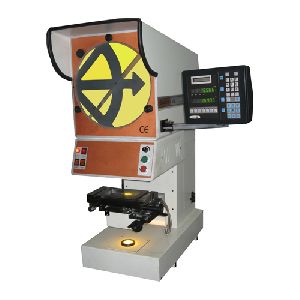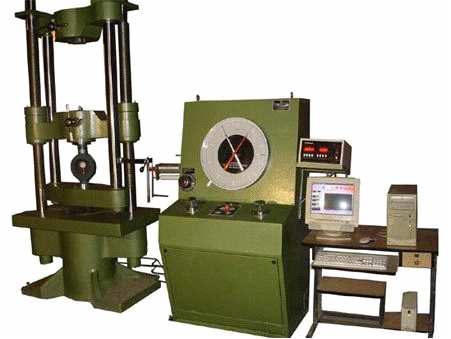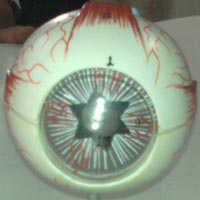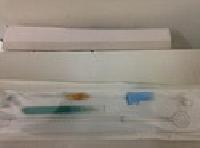






BioTribometer
Get Price Quote
There are roughly one million hip joint and quarter million knee joint replacements every year. With an increasingly aging population around the world, these numbers are only going to increase and therefore, requirements for artificial hip and knee joints will also increase. Because of this demographic change, the challenge of an absolute reduction in wear and tear of artificial joints with minimal or no revised surgery has become more critical than ever. Currently available structural and lubricating materials are unable to reproduce low friction and wear response as observed in naturally occurring joints and lubricants. As a result, some structural biomaterials like UHMWPE or CoCrMo last for 10-12 years (average) whereas the natural joints can last for 60-70 years. There is an increasing need of novel materials to increase life span of the artificial joints. To promote such an environment there is a requirement for rapid testing (friction and wear) of biomaterials in accordance with and beyond the standards, and the BioTribometer serves this role with full compliance with ASTM and ISO standards. The Ducom BioTribometer is widely used for tribological investigation of materials replacing naturally occurring interfaces in joints. Artificial materials can be classified into (1) alloys, composites and ceramics used as structural materials, and (2) synthetic hyaluronic acid and polymer based gels used as boundary and fluid film lubricant materials. Structural materials like UHMWPE, Al2O3, Polycarbonate urethanes (PCU),Ti-6Al-4V are used to replace acetabular cup, femur head, meniscus and tibia (epiphysis), respectively. Lubricant materials like hydrogels based phospholipids and animal derived hyaluronic acids are used as injectable lubricant supplements for knee and hip joints. Development of artificial materials is driven towards performance that is similar to, or better than healthy and natural joints with respect to friction and wear response. Friction and wear performance of these materials can be investigated using standard test methods such as ASTM F732 and ISO 14242, that prescribe motion, load and speed profiles that are relevant to kinematics of hip joints. The Ducom BioTribometer complies with these ASTM and ISO standards. The Ducom BioTribometer has capabilities that extend beyond the scope of standards. This leaves great potential for design of test methods for material characterization as well as compliance with future standards. Features Configurable system with single or multiple stations. Conforms to ASTM F732 Mimics sliding speed and load profiles in ISO 14242 Acquisition of friction and linear wear profiles Rated for continuous operations up to 5 million cycles Programmable multi-direction motion common to all stations Elliptical, circular, figure “8”, square (clockwise and counter clockwise) Linear and angular reciprocating Pin or ball materials can be metal, ceramic or polymer and disk of metal, ceramic or polymer among choices of many materials. Independent pin/ball rotation about its own axis for each station (optional) Sliding speeds of up to 0.1 m/s* Independent load control up to 400 N for each station Or, common loading of all stations of up to 3000 N* (optional) Temperatures measurement module (optional) Independent friction force measurement for each station (optional)¤ Independent peristaltic pumps for fluid circulation (optional)* ¤ Not available for all configurations* With appropriate optional equipment selected Options Standard Loading Module (per station) High Load Module (common to all stations) Pin Rotation Module (per station) Frictional Force Measurement Module (per station) Wear Measurement Module (per station) Temperature Measurement Module (per station) Preistaltic Fluid Pump (per station) TriboCorrosion Module (per station)

bio equipments
Get Price Quote
bio equipments, crystal bio equipment
Best Deals from Bio Equipments

bio medical equipment
Get Price Quote
bio medical equipment, biotechnology